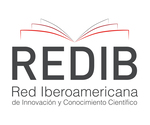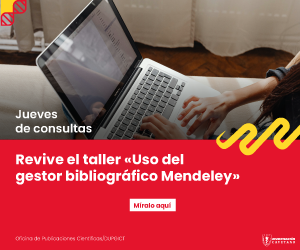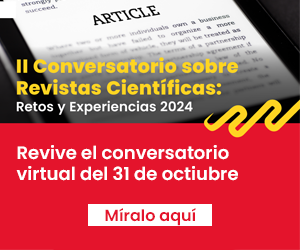Use of the intraoral microblaster for placement of pit and fissure sealants: Clinical case.
DOI:
https://doi.org/10.20453/reh.v32i3.4292Keywords:
Air abrasion, microblaster, enamel, seleants, preventionAbstract
Pit and fissure sealants have proven to be an efficient and effective alternative to protect occlusal surfaces from the development of carious lesions. A review of the abrasive air used in restorative dentistry is carried out and a clinical case of the use of this technology for the placement of pit and fissure sealants is presented.
Downloads
References
The glossary of prosthodontic terms: ninth edition. J Prosthet Dent. 2017;117(5S):e1-e105. doi: 10.1016/j.prosdent.2016.12.001
Milly H, Austin RS, Thompson L, Banerjee A. In vitro effect of air- abrasion operating parameters on dynamic cutting characteristics of alumina and bio-active glass powders. Oper Dent. 2014;39(l):81-89.
Huang CT, Kim J, Arce C, Lawson NC. Intraoral Air Abrasion: A review of devices, materials, evidence, and clinical applications in restorative dentistry. Compend Contin Educ Dent. 2019;40(8):508-514.
Malterud M. Air abrasion: the new renaissance with an H20 twist. Dent Today. 2010;29(10):146-149.
Malmstrom HS, Chaves Y, Moss ME. Patient preference: convention al rotary handpieces or air abrasion for cavity preparation. Oper Dent. 2003;28(6):667-671.
Banerjee A, Uddin M, Paolinelis G, Watson TF. An investigation of the effect of powder reservoir volume on the consistency of alumina powder flow rates in dental air-abrasion devices. J Dent. 2008;36(3):224-227.
Paolinelis G, Banerjee A, Watson TF. An in-vitro investigation of the effects of variable operating parameters on alumina air-abrasion cut ting characteristics. Oper Dent. 2009;34(1):87-92.
Mujdeci A, Gokay O. The effect of airborne-particle abrasion on the shear bond strength of four restorative materials to enamel and dentin. J Prosthet Dent. 2004; 92(3): 245-249.
Los SA, Barkmeier WW. Effects of dentin air abrasion with alumium oxide and hydroxyapatite on adhesive bond strength. Oper Dent. 1994;19(5):169-175.
Kern M, Thompson VP. Sandblasting and silica-coating of dental alloys: volume loss, morphology and changes in the surface composition. Dent Mater. 1993;9(3):151-161.
Inokoshi M, De Munck J, Minakuchi S, Van Meerbeek B. Meta-analysis of bonding effectiveness to zirconia ceramics. J Dent Res. 2014:93(4): 329-334.
Spitznagel FA, Horvath SD, Guess PC, Blatz MB. Resin bond to in direct composite and new ceramic/polymer materials: a review of the literature. J Esthet Restor Dent. 2014; 26(6):382-393.
Sauro S, Watson TF, Thompson I. Dentine desensitization induced by prophylactic and air-polishing procedures: an in vitro dentine perme ability and confocal microscopy study. J Dent. 2010;38(5):411-422.
Barnes CM, Covey D, Watanabe H, et al. An in vitro comparison of the effects of various air polishing powders on enamel and selected esthetic restorative materials, J Clin Dent. 2014;25(4):76-87.
Graumann SJ, Sensat ML, Stoltenberg JL. Air polishing: a review of current literature. J Dent Hyg. 2013;87(4):173-180.
Downloads
Published
How to Cite
Issue
Section
License
The authors retain the copyright and cede to the journal the right of first publication, with the work registered with the Creative Commons License, which allows third parties to use what is published as long as they mention the authorship of the work, and to the first publication in this journal.






















